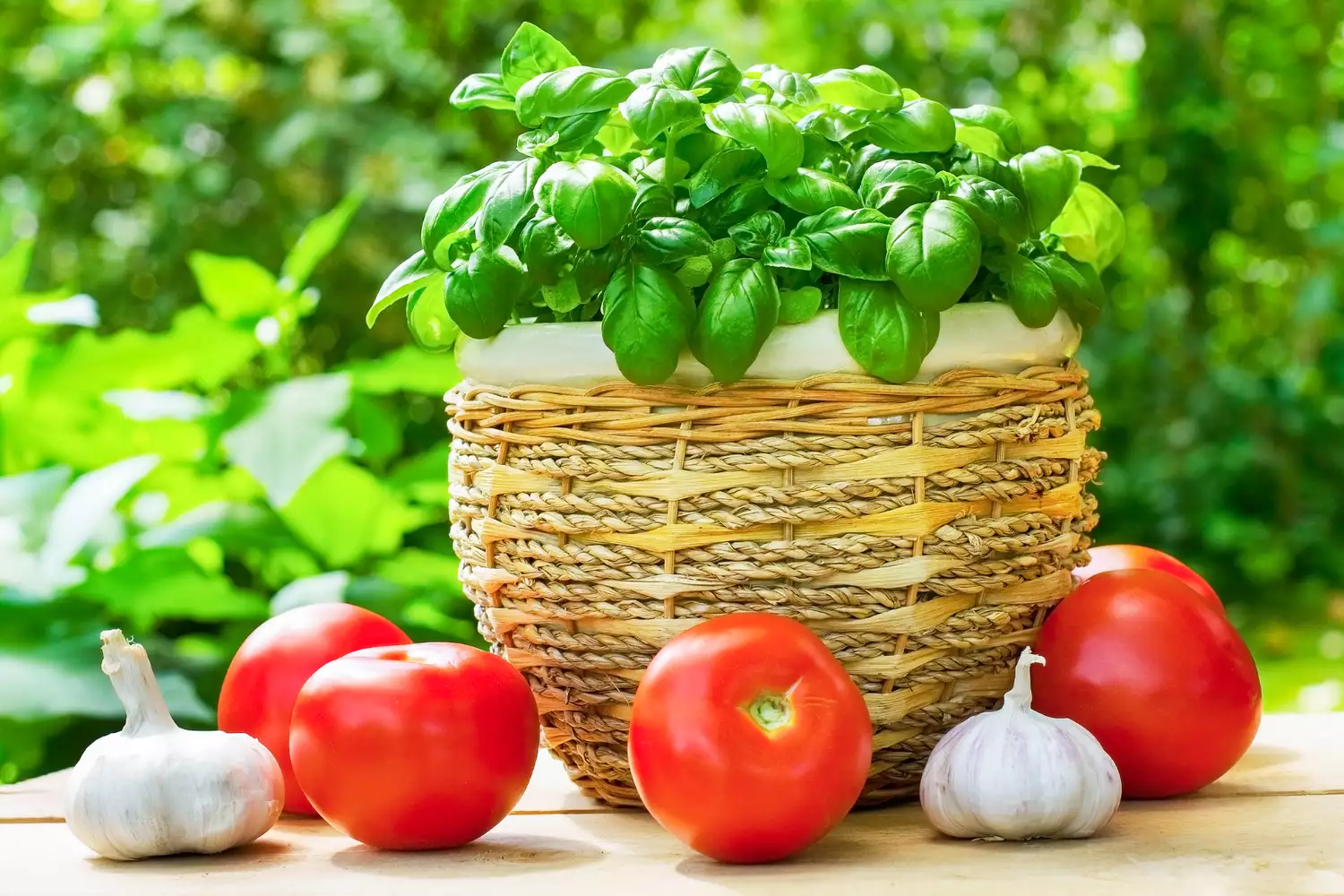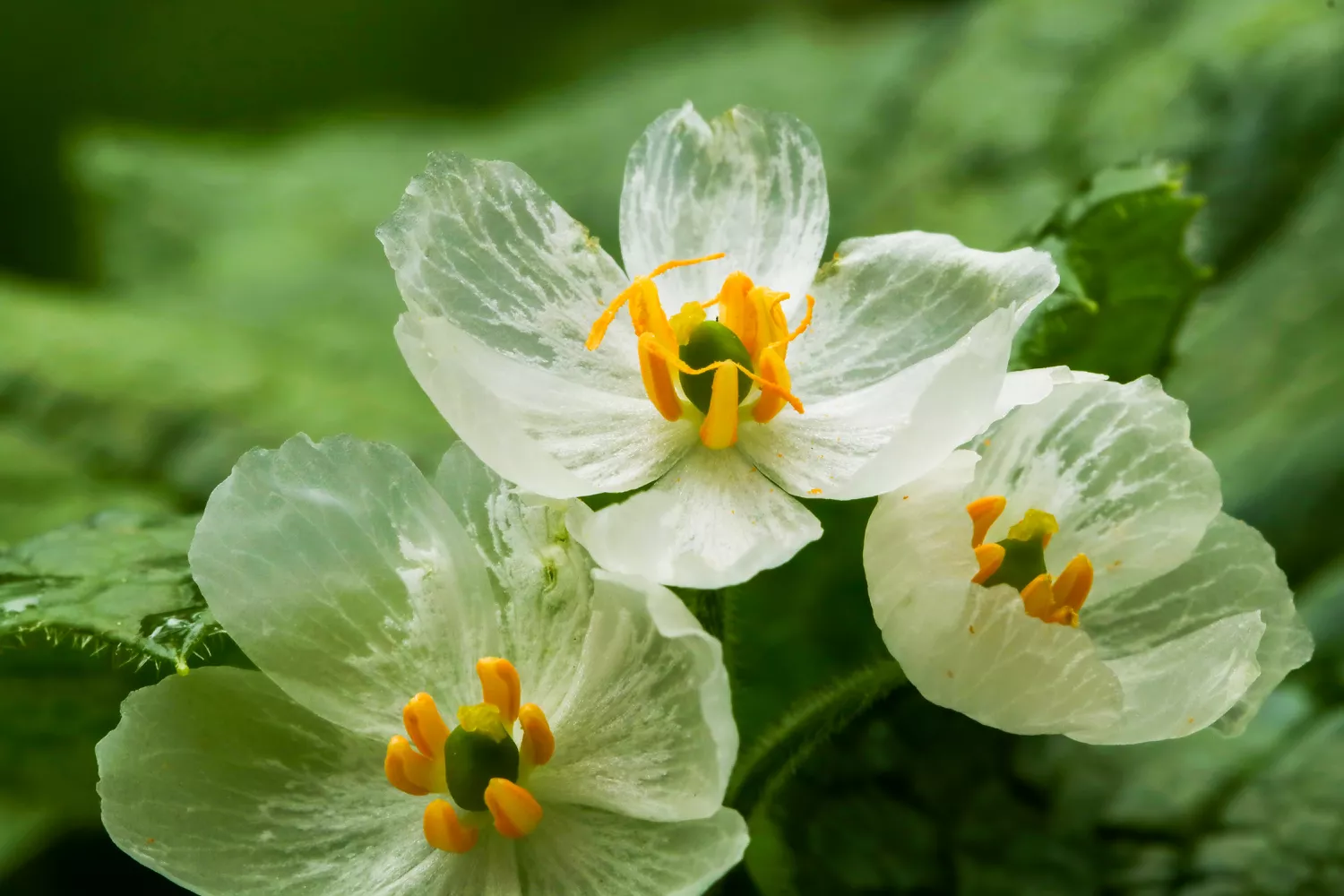
Even if you do not have a sunny area in your yard does not indicate you can’t grow vegetables. Many leafy greens consisting of spinach, lettuce, and kale and root crops such as beets and carrots prosper in low light conditions. Shade-tolerant veggies likewise help enhance a garden by brightening up bare patches with their lovely foliage and textures, and can extend the vegetable growing season into the early spring or late fall when sunshine starts to subside. Here, Vallin Kostovick an organic garden enthusiast and the author of The Garden Makers Book of Wonder, Jack Lind a house garden professional and the owner of Jersey Shore Custom Gardens, and Niki Jabbour, an edible gardening expert and the author of The Year-Round Vegetable Gardener tell you how to get it done– without the sun.
Keep in mind seeding times might vary depending on where you live. Take a look at the Old Farmer’s Calendar for helpful guidelines and specific planting dates in your area.
Growing lettuce in the shade has an essential advantage: It extends its life by keeping its roots cool. Planted in the spring and fall, this mineral-rich leafy green does finest in a loose, well-drained and nutrient-filled soil. Sow seeds in a deep container or garden 1/4-inch deep and 1 inch apart; cover with a light dusting of soil.
Lettuce can be harvested throughout its development stages– from infant leaf (around 3 to 6 inches in size) to completely developed heads (approximately 50 days from seeding). Harvest lettuce in the morning when temperature levels are cool and leaves are moisture-rich, then promptly cool; cut leaves can wilt in just 15 minutes.
Light: four to 6 hours of day-to-day sunlight
Water: Because it has shallow roots, lettuce requires constant hydration– water if the soil is dry to a 1-inch depth.
Ranges to grow: Iceberg, Summer Crisp, Butterhead, Romaine, Ice Green Loose-Leaf, Flashy Trout Back, Buttercrunch, Freckles
Shade permits vitamin-rich spinach to grow faster and helps in reducing plant bolting, which results in bitter-tasting leaves. Spinach, which should be planted in late winter to early spring, enjoys a compost-rich, well-drained soil– mulch will help retain wetness and keep plants cool in warmer climates. Sow seeds in a container or garden bed 1/2-inch deep and spaced 2 inches apart, covering them a 1/2 inch of soil. Continue sowing every two to three weeks for a non-stop harvest.
Harvest as quickly as baby leaves appear (when they around 2 to 3 inches in size), or at maturity (around 28 to 55 days from seeding), when heads can be cut at ground level. Bitterness will set in if you collect after maturity.
Light: 4 to six hours of day-to-day sunshine
Water: This leafy green grows best in regularly moist but not soggy soil. The threat of bolting boosts if the plant is drought-stressed.
Ranges to grow: Space, Bloomsdale, Tyee, Olympia, Seaside
Fiber-rich beets are a quick growing crop that can endure shade and practically freezing temperature levels. Plant beets in the early spring, as soon as the soil is practical. They choose a well-drained and compost-rich loose soil. Apply a layer of natural mulch– such as straw or wood chips– around the plant’s base to reduce weed growth and mood soil variations. Seeds need to be planted 1/2-inch deep, spaced 2 inches apart in deep containers or garden beds.
Beets can be picked at seven to 9 weeks, when their crowns protrude 1 to 2 inches above the soil line.
Light: 4 to six hours of day-to-day sunshine
Water: Water beets whenever the top inch of the soil feels dry to ensure appropriate wetness; prevent overwatering, which can lead to rot or disease.
Varieties to grow: Detroit Dark Red, Chioggia, Golden Beet, Cylindra, Bulls Blood, Early Wonder, Boldor, Touchstone
Extreme heat and direct sunlight can trigger vitamin-rich radishes to bolt. Shade actually avoids them from becoming woody or pithy. Plant radishes in the spring or fall in a loose, well-drained soil that’s rich in organic matter. Sow seeds a 1/2 inch into the ground or in a deep container about 2 inches apart.
Radishes reach their optimal size at 1 to 2 inches about three to four weeks after sowing.
Light: six to eight hours of everyday sunlight
Water: Soil should be regularly wet but not saturated– hydrate whenever the leading inch feels dry, aiming water at the plant’s base (overhead watering can lead to fungal illness).
Ranges to grow: Cherry Belle, French Breakfast, Easter Egg, Watermelon Radish, Daikon, Black Spanish, German Giant, White Icicle, Cherriette
Too much sun makes this fast-growing, folate-rich green, which you can plant in the spring and fall, taste bitter. Arugula likes a loose, compost-rich, well-drained soil– mulch will keep the plant cool and retain moisture in warmer climates. Succession plant straight into the garden 1/4-inch down and 12 to 18 inches apart throughout the growing season to guarantee a stable supply of leaves.
Arugula is at its best when the leaves are tender and young, so clip private leaves when they’re simply 2 to 3 inches wish for a continuous supply (or cut the whole plant at its base).
Light: 4 to six hours of everyday sunshine
Water: Arugula has a shallow root system and needs routine watering– it grows best in consistently wet but not soaked soil. Water when the top inch of soil feels dry.
Varieties to grow: Astro, Sylvetta, Rocket Salad
Cool temperatures sweeten the taste of Brussels sprouts, a good source of vitamins C and K. Plant them in early spring or mid-to-late summertime; they prefer a well-drained soil that’s rich in raw material. Plant seeds a 1/4- to 1/2-inch deep in pots, then transplant into the garden at six to 8 weeks, putting seedlings 24 to 36 inches apart.
Brussels sprouts are ready to gather when the sprouts are firm, green, and totally formed.
Light: six hours of everyday sunshine
Water: Consistency is key when watering, as fluctuating wetness levels can cause split or pithy sprouts. Deep water 1 to 2 inches twice a week– prevent overhead watering which can result in fungal foliar illness.
Varieties to grow: Long Island Improved, Diablo, Trafalgar, Jade Cross, Churchill, Rubine, Falstaff
Plant kale one month prior to the last frost in the spring and/or 6 weeks prior to the very first frost in the fall. They a compost-rich, well-drained soil; seeds need to be put 1/4-inch deep and 3 inches apart.
Kale can be harvested both at baby and full-size stages by eliminating the external leaves, starting from the bottom. Take caution, though: Removing more than one-third of the plant at a time could halt growth.
Light: four to 6 hours of daily sunlight
Water: Avoid overwatering– 1 inch of water a week suffices.
Ranges to grow: Toscano, Winterbor, Red Russian, Dazzling Blue, Dinosaur, Tuscan
Iron-rich scallions choose shade to avoid bolting. You can plant them in early spring or late summer for a fall crop. Scallions like a compost-rich, loose, and well-drained soil. Grow in either containers or garden beds, sowing seeds 1/4-inch deep and spaced 12 to 18 inches apart.
For a constant supply, only cut off the tops when you gather, leaving the remainder of the scallion in the ground. Scallions can also be collected whole by gently pulling the plant out of the bed.
Light: 4 to 6 hours of day-to-day sunshine
Water: Shallow-rooted scallions need 1 inch of water every week.
Varieties to grow: Evergreen Hardy White, Tokyo Long White, White Lisbon
Planted in spring or late summer, bok choy likes a moist, well-drained soil and can be grown in deep containers and garden beds. Plant seeds 2 inches apart and cover gently with soil.
Leaves can be chosen individually throughout the growing season, while heads can be gathered as early as 35 days.
Light: 4 to six hours of day-to-day sunlight
Water: Keep bok choy consistently damp to prevent bolting– water when the top inch of soil is dry to the touch.
Ranges to grow: Jade Pagoda, Dynasty, Two Seasons
Fast-growing peas, packed in vitamins C and E, peas flourish in cooler temperature levels and shaded areas. Plant peas in early spring and fall in a compost-rich, well-drained soil. Seeds can be planted in either a deep container or garden bed, 1 inch deep and spaced 2 inches apart. Be sure to offer some type of assistance, like a trellis, for climbing ranges.
Harvest when pods end up being shiny and plump, generally 60 to 70 days after planting.
Light: 4 to six hours of day-to-day sunshine
Water: Provide 1 inch of water weekly– peas like to be kept consistently damp, however not waterlogged.
Varieties to grow: Iona Petit Pois, Lincoln, Green Arrow, Wando, Carouby de Maussane, Green Beauty, Oregon Sugar, Golden Sweet, Sugar Ann, Opal Creek
Carrots prefer a loose, nutrient-rich, well-drained soil along with a smooth planting surface– before seeding, eliminate any rocks and clumps from the location. Plant in the garden or in a container at least 12-inches deep, spaced 3 inches apart.
Carrots are normally ready for harvest 60 to 80 days after sowing, although they can be plucked any size.
Light: four to 6 hours of day-to-day sunshine
Water: Water requires to penetrate deep into the soil to motivate carrots’ long taproots to grow downward. Water 1 inch weekly– soil ought to be consistently wet, but not saturated.
Varieties to grow: Nantes, Danvers, Imperator, Chantenay, Baby Carrots, Rainbow Carrots, Purple Carrots, White Carrots
The leaves on vitamin-rich Swiss chard can bolt and end up being bitter if they’re exposed to excessive sun, which is why they’re an excellent veggie to grow in the shade. Plant seeds 2 to 4 weeks before the last frost date in the spring; sow Swiss chard in a compost-rich, well-drained, nutrient-rich soil in containers or garden beds 1/2-inch deep and spaced 5 inches apart.
Rainbow-hued Swiss chard produces a spectacular edible landscape. For constant harvests, choose the outer leaves as required four to 6 weeks after planting. Harvest the entire head by cutting the plant at ground level. Change the soil with a slow-release natural nitrogen fertilizer, such as cottonseed meal, to promote brisk development.
Light: four to six hours of everyday sunshine
Water: Keep the soil consistently wet by offering 1 inch of water as soon as a week (two times weekly during hot weather).
Varieties to grow: Bright Lights, Fordhook Giant, Ruby Red, Rainbow
Shade slows the danger of bolting and adds to a more delicious iron-rich crop. Kohlrabi delights in a compost-rich, well-drained soil. Sow 1/2-inch deep, spaced 1 inch apart, in the garden or a deep container; plant seeds three to four weeks prior to the last expected spring frost.
This fast-growing vegetable is ready for harvest in six weeks– cut at ground level when the stem is swollen to the size of a tennis ball.
Light: 4 to six hours of day-to-day sunlight
Water: Water when the leading inch of soil is dry to the touch.
Ranges to grow: Purple Vienna, Gigante, Early White Vienna



